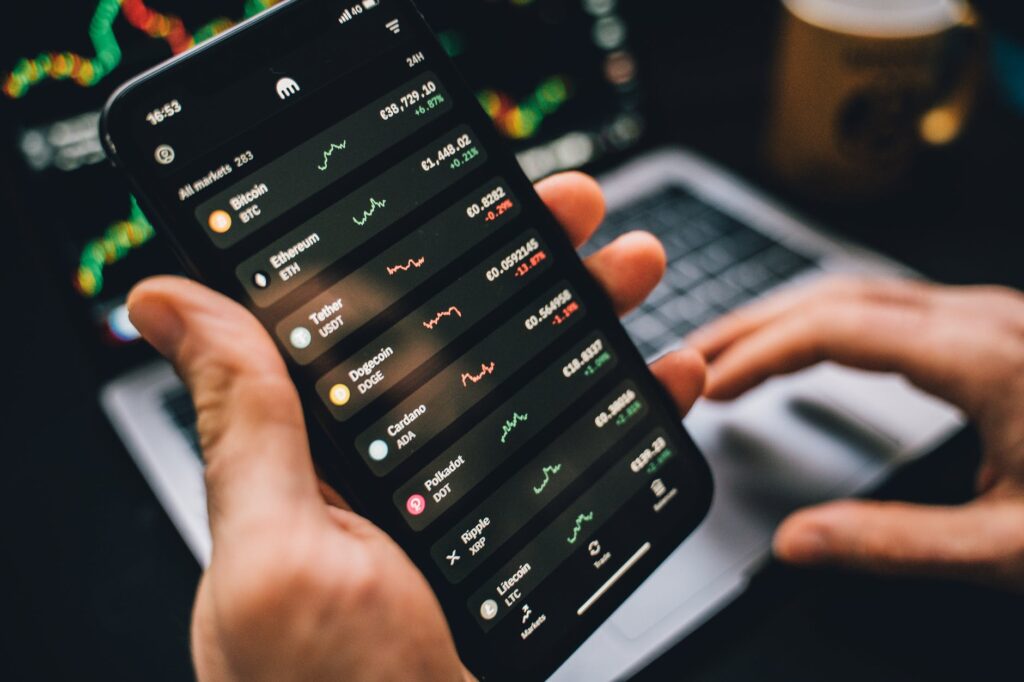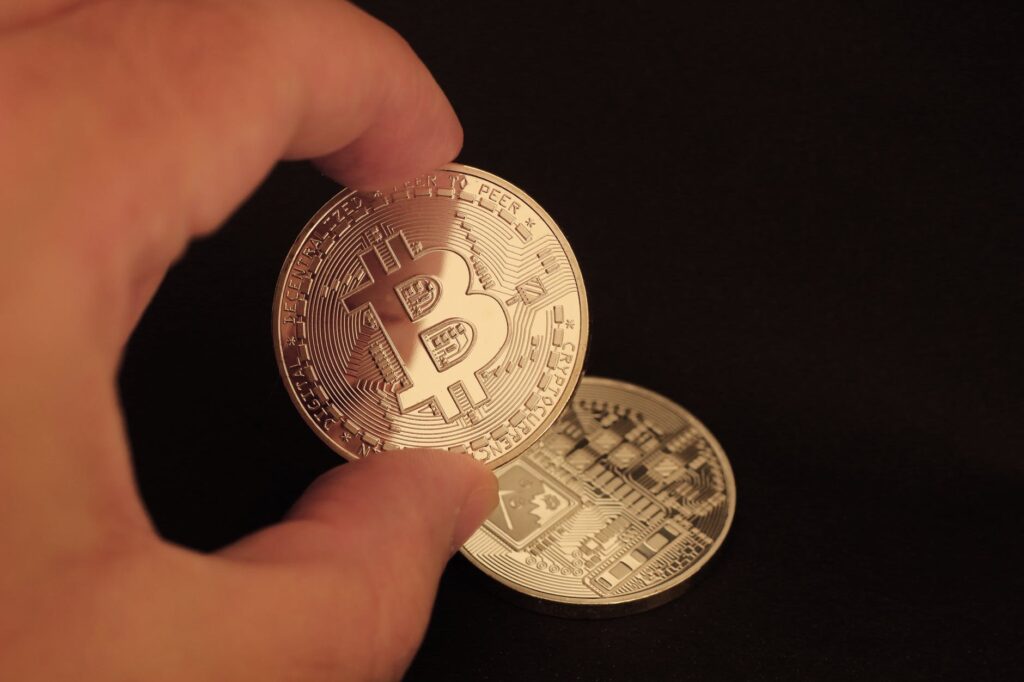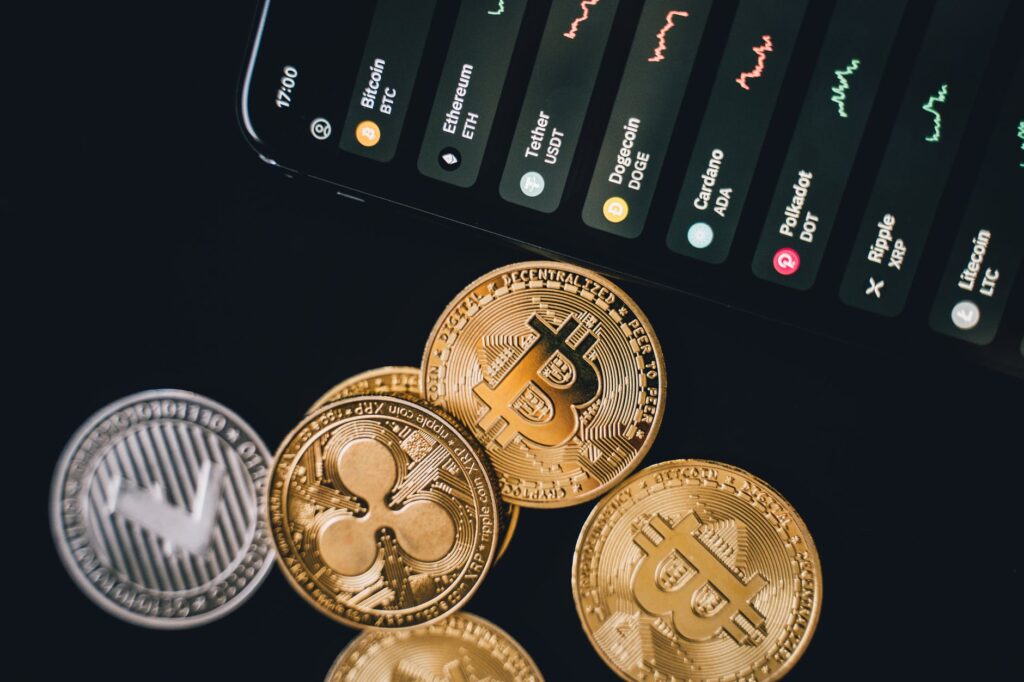Cryptocurrency mining is a way to generate coins and maintain the Blockchain, but it has become too difficult for most people to do on their own. This article will discuss what you need to know about mining cryptocurrency so that you can make an informed decision when choosing whether or not it’s right for you.
What is Cryptocurrency?
Cryptocurrencies refers to the digital currencies that use cryptography to create and manage monetary transactions, which are used to track assets. Cryptography involves converting legible information into an unintelligible format that can only be decoded with the correct key or password, making data more secure.
Mining Cryptocurrency vs. Buying Coins

Mining cryptocurrencies is the process of confirming blockchain transactions and adding them to a public ledger, called the Blockchain, which can then be decoded by miners using mathematical algorithms. Miners are rewarded for every block they decrypt with new cryptocurrency coins, as well as transaction fees paid by those who make their transactions through that particular coin’s network.
Mining has become increasingly difficult due to several factors such as increased competition from other miners, more sophisticated mining technology needed to stay ahead of others in this highly competitive market, and constantly increasing difficulty levels due to rising numbers of people trying to mine cryptocurrency globally across hundreds of networks simultaneously.
This makes it almost impossible for individual users without significant processing power at their disposal to successfully mine any specific coin on their own. Buying cryptocurrency is another way to get involved in the digital currency market without spending thousands of dollars on mining equipment and electricity bills that come with it.
You simply buy coins or tokens through an exchange using your local fiat currency (CAD, USD, EUR, etc.), then store them safely in a wallet where you alone have access to the private keys required for accessing those funds.
This method also has its risks, however, as there are many stories circulating online about people having their wallets hacked by scammers looking to find ways into unsecured accounts, so always take extra precautions when buying cryptocurrencies this way even if they’re all stored offline initially.
Types of cryptocurrency mining

There are three main types of cryptocurrency mining, with each requiring different hardware and software to mine, that is, if you are to have a crypto mining farm:
Proof-of-Work (PoW)
This is the original method for confirming transactions and creating new coins. It requires a large amount of processing power to decrypt blocks successfully, making it difficult for most users or companies unless they have highly advanced technology at their disposal.
Proof-of-Stake (PoS)
This method is similar to PoW but with one main difference: it doesn’t require expensive mining equipment for successful mining operations. Instead, users who hold a stake of coins in the network where they’re mining are given priority when decrypting blocks and receiving rewards from successfully mined transactions on that particular blockchain ledger; this means you have more chance of being rewarded if you’ve been holding onto certain coins long term.
Proof-of-Authority (PoA)
This type of proof focuses on accumulating trust among community members instead of achieving decentralization like most other types. It requires nodes or trusted validators within its network to confirm all new transactions before adding them to the Blockchain while also ensuring there’s no double-spending taking place.
Buying and storing your first coins

There is no shortage of cryptocurrencies options. The right option depends on whether you want to store in an online wallet or offline hardware or paper wallet depending on how much of that coin you plan on holding long term (i.e., investing). Some popular choices include Bitcoin (BTC), Litecoin (LTC), Ethereum (ETH), Ripple (XRP), Monero (XRM) Dash, OmiseGo, NEO, IOTA, among many others with new ICO tokens hitting the market every day.
Buying and selling cryptocurrency
Once you’ve chosen your desired coin or token to buy, there are several ways to make a purchase: through an online exchange where you can link your existing bank account in order to transfer funds easily; with fiat currency (CAD, USD, etc.) directly from another person who owns that particular type of coin which is usually the cheapest way if available; or finally by using PayPal as a third party payment processing service for cryptocurrencies that don’t have direct links from other common credit cards such as Visa or Mastercard yet.
Cryptocurrency Mining models available

GPU Mining Rig
This is by far the most popular type of cryptocurrency mining rig in crypto mining farms due to its relatively low initial cost, ability to mine multiple coins at once without too much trouble, or added costs/hassles compared to other forms of mining equipment that may be required later on down the road if you want more powerful hardware as your network grows in size.
CPU Mining
This form of mining is becoming more popular again with the rise in popularity of cryptocurrencies such as Monero, which allows CPUs to be used instead of GPUs or ASICs for proof-of-work without too much-added difficulty. However, you should only consider this type if you’re looking at mining less known coins that may not yet be listed on any of the major exchanges yet.
As you can see, there are several ways to get involved with cryptocurrency mining, whether it’s choosing your preferred type of coin and the best way to mine them or just buying coins outright. Keep in mind that some types will be more profitable than others depending on how much they’re worth at any given time, so choose wisely.

